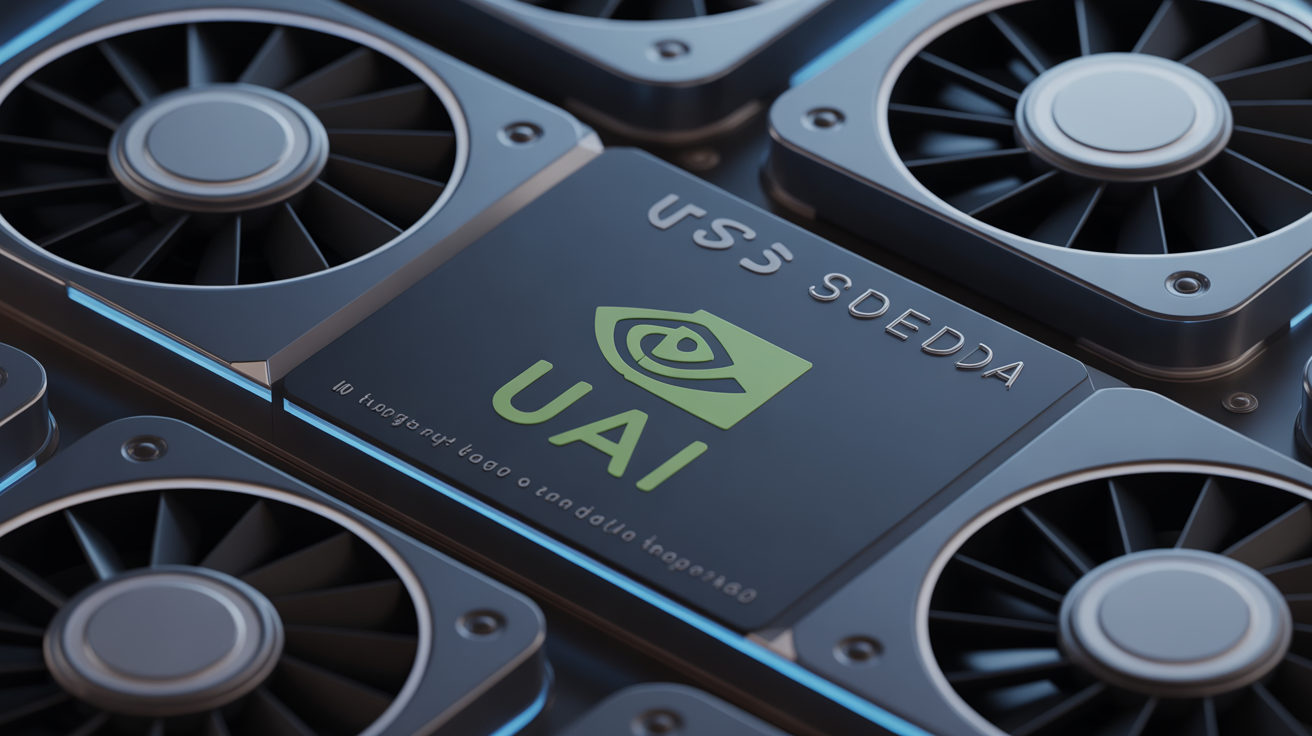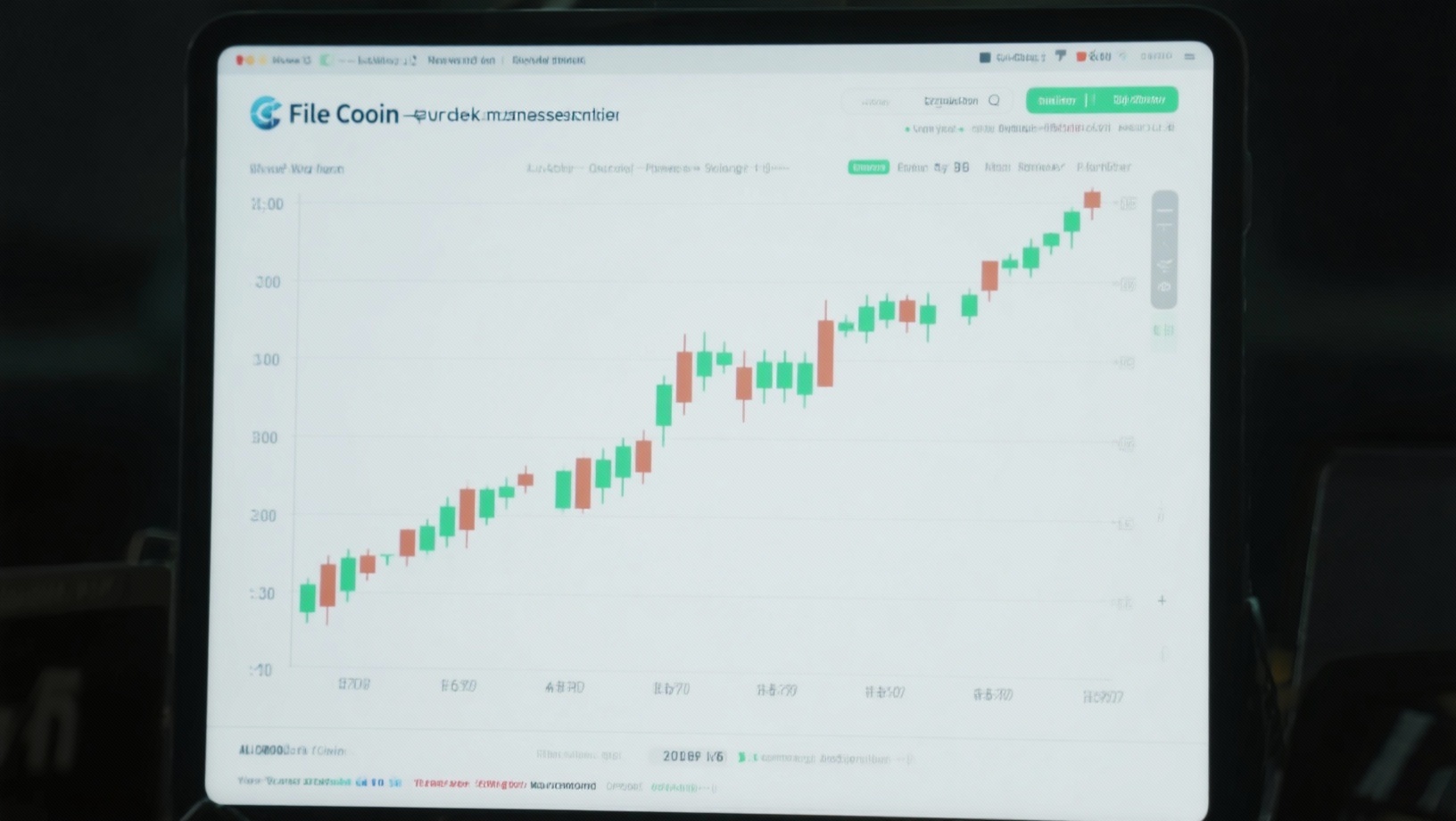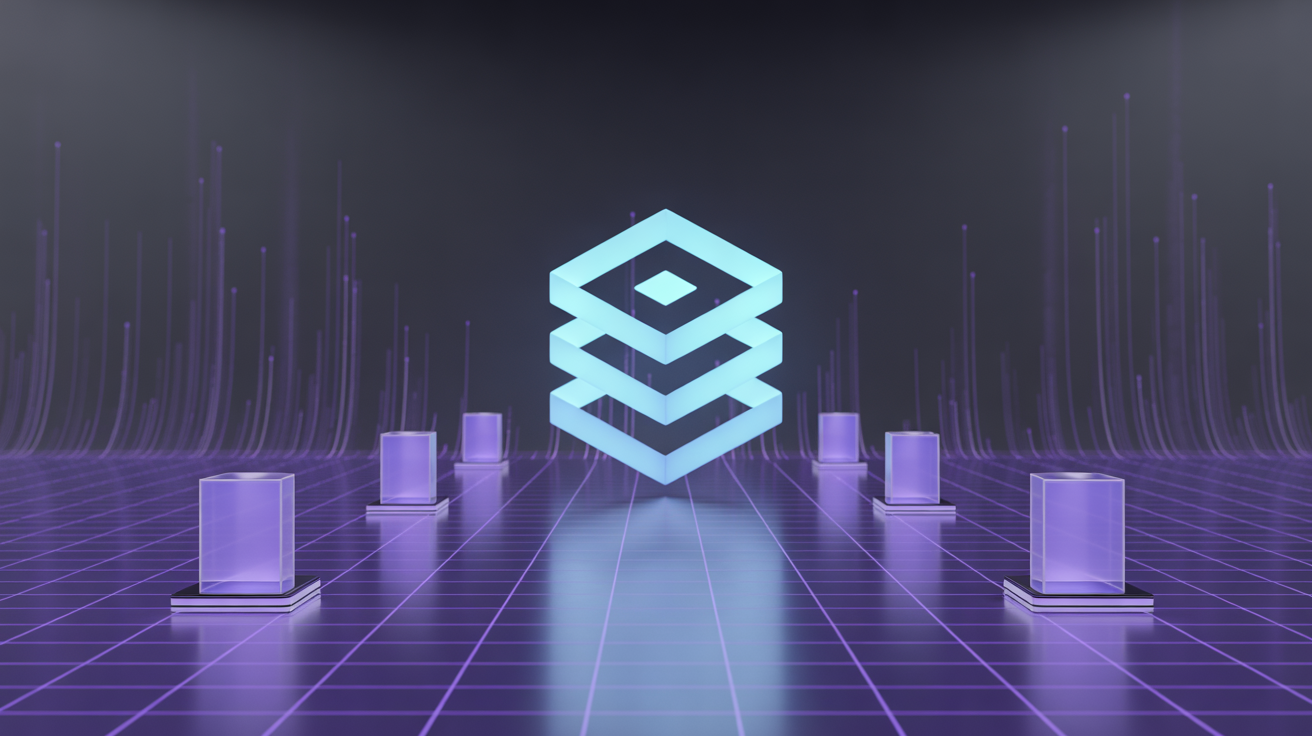USD.AI Turns Idle Stablecoins Into Loans for AI GPUs, Bridging DeFi and Machine Learning
While DeFi is awash with stablecoins earning Treasury-like yields, smaller AI developers often struggle to fund GPU-equipped data centers. USD.AI, a new stablecoin protocol, seeks to bridge this gap by converting idle crypto liquidity into loans for the hardware that powers artificial intelligence.
The protocol, currently circulating roughly $345 million according to Dune Analytics, backs its synthetic dollar with short-term credit tied to NVIDIA GPUs housed in insured data centers rented to AI developers. These GPUs generate revenue by selling compute time for AI model training and inference, with cash flows used to service loans. Lenders earn yield from repayments rather than token emissions, while borrowers gain access to financing that exceeds the limits of most retail credit providers.
USD.AI’s design relies on three integrated components:
- CALIBER – Connects physical GPUs to their on-chain NFT representations. Each GPU is stored in an insured data center, documented under U.S. commercial law, and tokenized as an NFT representing a legally enforceable claim. Loans are issued against these tokenized assets, ensuring that on-chain capital is fully collateralized by real-world hardware.
- FiLo Curator – Manages loan origination and underwriting. Curators post first-loss capital, absorbing initial defaults before lenders are impacted. This decentralizes credit origination while aligning incentives, as curators earn profits only when borrowers successfully repay.
- QEV (Queue Extractable Value) – Oversees liquidity management via a queue system. Users are repaid gradually from borrower repayments, while those needing faster exits can pay a premium to move up the line. This mechanism rewards patient lenders and maintains the solvency of the loan book.
Currently, staked sUSDai yields range from 13% to 17%, supported by repayments from GPU operators rather than emission-based incentives or leverage loops.
USD.AI’s backers describe the protocol as a prototype for “InfraFi”, a broader model of decentralized infrastructure finance that could extend to renewable energy or decentralized computing projects. Its near-term success hinges on whether GPU leasing economics—reflecting AI demand—remain robust enough to sustain repayments.
If the model proves sustainable, USD.AI could become DeFi’s first large-scale bridge between on-chain capital and the physical hardware powering artificial intelligence.












